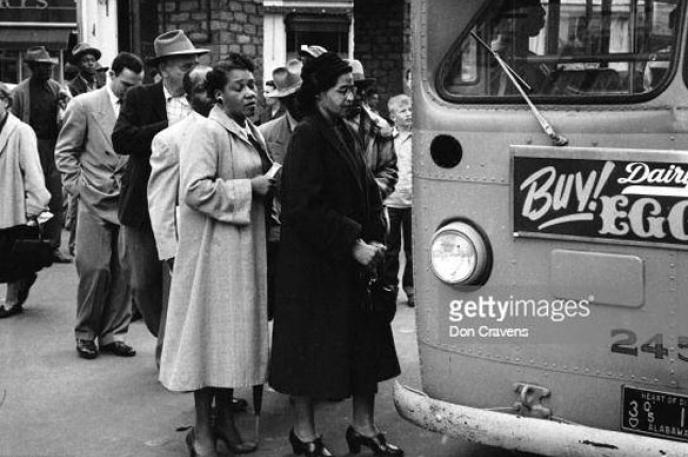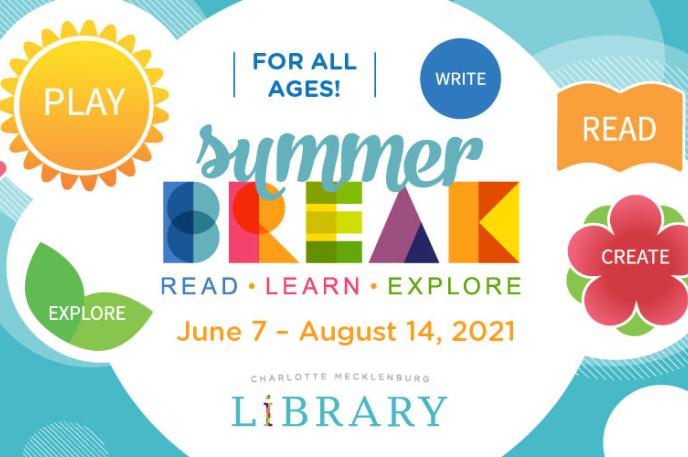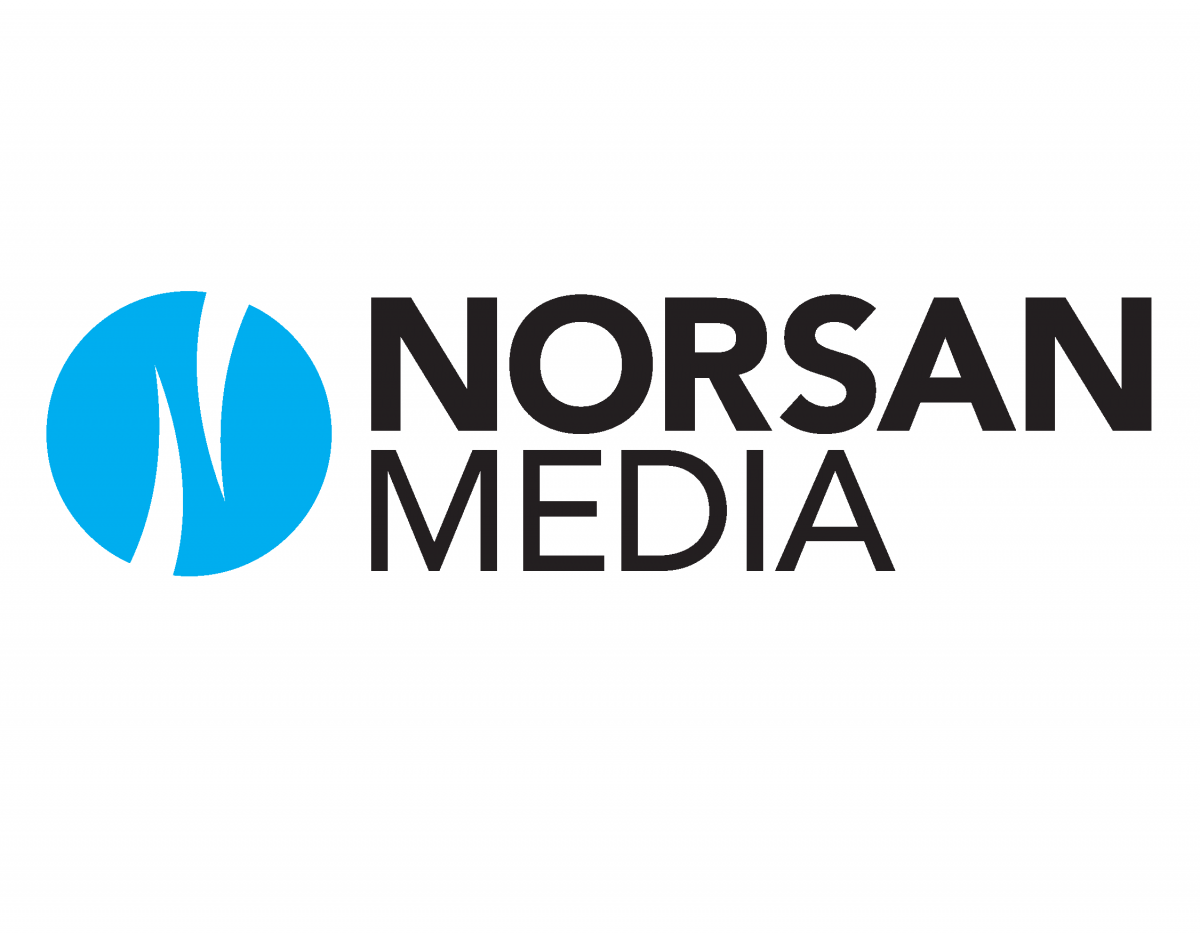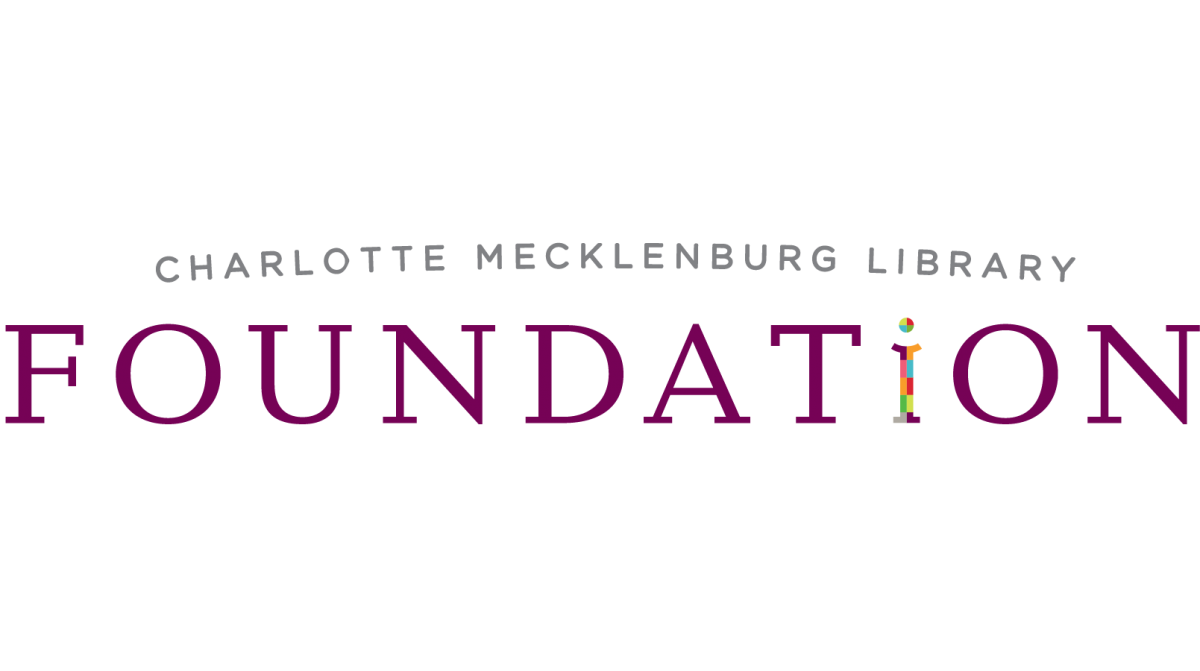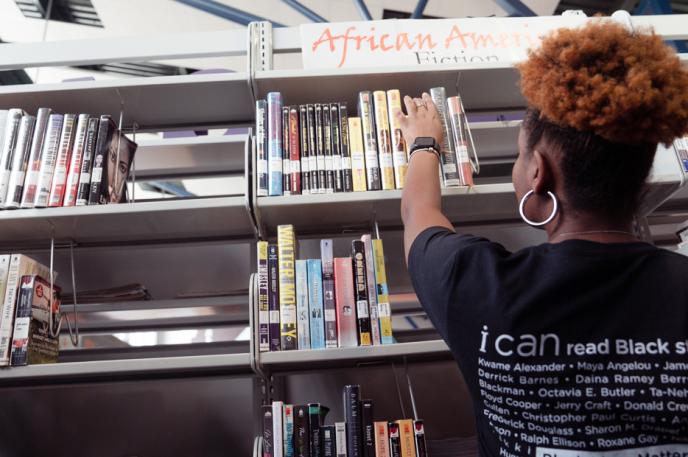Desplácese hacia abajo para ver la versión en español
Another summer has flown by. School supply shopping has begun, vacations are winding down and another Summer Break program is about to end.
Remember that Saturday, August 14 is the last day that you can enter reading time or activities in your log. Participants will have until Saturday, August 21 to pick up their incentives – while supplies last.
- Wendy’s Jr. Frosty Coupon (earned at sign-up)
- Completion prizes are:
- Babies/children: a book
- Teens: choice of a book or doodle notebook
- Adults: a Library tote bag
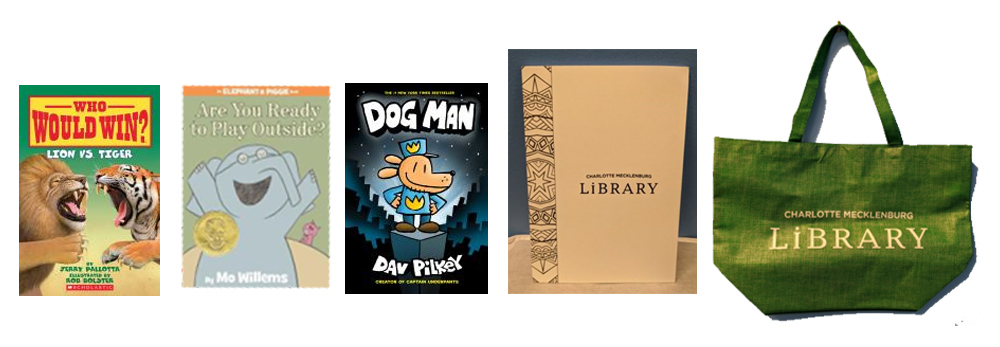
You can continue to track your reading through Beanstack at any time. Be sure to check back later to register for more fun Library challenges in Beanstack.
Thank you for participating in the Summer Break challenge. We hope you’ve had fun reading and learning all summer long. We’ll see you again next summer!
Upcoming Programs
Even though Summer Break is almost over, online programs are available all year. Here are a few exciting programs coming up:
Cornelius Branch Family Storytime
Wednesday, August 25 at 10 a.m.
Your whole family can enjoy stories, songs and movement activities that support early literacy skill development and help foster a love of books and reading in your child.
PSAT Virtual Free Practice Test: College & Career Connections
Tuesday, August 17 – all day
Don’t procrastinate! Take action NOW to ensure you improve your PSAT score. Join a classroom of your peers and take a full-length practice PSAT.
International Authors Book Club for 20 to 30 Somethings
Saturday, August 28 at 10:30 a.m.
Join us for literary discussion and cultural banter, based on books we read from around the globe.
Myers Park Branch - Read to Seed Gardening Series
Monday, August 23 at noon
This month, the Myers Park Library Garden Club in conjunction with Matthews Library is hosting Dr. Larry Mellichamp, author of The Southeast Native Plant Primer, presenting Gardening in Charlotte Year-round.
Comments? Questions?
Are you having problems with the Summer Break website or your account? Do you have questions about the program? Feel free to call your local library for assistance or email [email protected].
The 2021 Summer Break program is brought to you by Charlotte Mecklenburg Library. Additional support comes from Wendy’s and the Charlotte Mecklenburg Library Foundation with Spanish translations sponsored by Norsan Media.
--
This blog was written by Angela Arnold, Summer Break team co-lead for Charlotte Mecklenburg Library.
Otro verano se va volando. La compra de suministros para la escuela ha comenzado, las vacaciones están por finalizar y otro programa de vacaciones de verano está por terminar.
Recuerda que el sábado, 14 de agosto es el último día que puedes registrar tu tiempo de lectura o actividades. Los participantes tendrán hasta el sábado, 21 de agosto para elegir sus incentivos, sujetos a disponibilidad.
- Cupón para un helado Jr. Frosty de Wendy’s (se obtiene al inscribirse)
- Los premios por completar el programa son los siguientes:
- Bebés/Niños: un libro
- Adolescentes: elección de un libro o un anotador
- Adultos: una bolsa de la biblioteca

Puedes continuar registrando tu tiempo de lectura mediante Beanstack en cualquier momento. Asegúrate de volver a ingresar más tarde para registrarte en más retos divertidos de la biblioteca en Beanstack.
Gracias por participar en el reto del programa de vacaciones de verano. Esperamos que te hayas divertido leyendo y aprendiendo durante todo el verano. ¡Nos vemos pronto el próximo verano!
Próximos programas
Aunque el programa de vacaciones de verano ya casi termina, hay programas en línea disponibles durante todo el año. Estos son algunos de los próximos programas emocionantes:
Narración de cuentos para la familia de la sucursal Cornelius
Miércoles, 25 de agosto a las 10:00 a. m.
Toda tu familia podrá disfrutar de cuentos, canciones y actividades de movimiento que fomentan el desarrollo de habilidades de alfabetización temprana y que ayudan a promover la pasión de tu hijo por los libros y la lectura.
Prueba de práctica gratis virtual del PSAT: Conexiones universitarias y profesionales
Martes, 17 de agosto: todo el día
¡No lo postergues! Actúa AHORA para asegurarte de mejorar tu puntuación del examen PSAT. Acompáñanos en una clase con personas de tu misma edad y haz una prueba de práctica completa del PSAT.
Club de lectura de autores internacionales para personas de 20 a 30 y pico años
Sábado, 28 de agosto a las 10:30 a.m.
Acompáñanos en un debate literario y una charla cultural, basados en libros que leemos de todo el mundo.
Sucursal Myers Park: Lee sobre los distintos tipos de siembra de semillas
Lunes, 23 de agosto al mediodía
Este mes, el club de jardinería de la biblioteca Myers Park junto con la biblioteca Matthews serán anfitriones del Dr. Larry Mellichamp, autor de The Southeast Native Plant Primer (Manual básico sobre plantas nativas del sudeste), quien expondrá sobre jardinería en Charlotte durante todo el año.
¿Tienes comentarios o preguntas?
¿Tienes problemas con el sitio web del programa de vacaciones de verano o con tu cuenta? ¿Tienes preguntas sobre el programa? No dudes en llamar a tu biblioteca local para pedir ayuda o envía un correo electrónico a [email protected].
El programa de vacaciones de verano 2021 llega a ti gracias a la biblioteca Charlotte Mecklenburg. Contamos con el respaldo adicional de Wendy’s y de la fundación de la biblioteca Charlotte Mecklenburg, con traducciones al español patrocinadas por Norsan Media.
--
Este blog lo escribió Ángela Arnold, colíder del equipo del programa de vacaciones de verano de la biblioteca Charlotte Mecklenburg.

